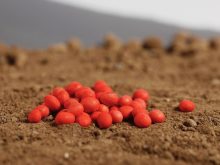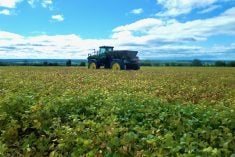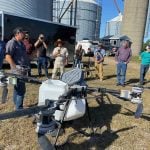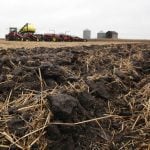To find out which soybean varieties will grow well on your farm, you first need to get an understanding of the available heat units for your zone. Look at Environment Canada data or climate data from your local weather provider to get the average accumulation of heat units for your area.
Next, eliminate varieties that require more heat units than you have available. Then, have a look at performance data and agronomic characteristics. A good source for performance data is the Western Adaptation Trials, where you can get good, unbiased maturity ratings and yield numbers.
Read Also
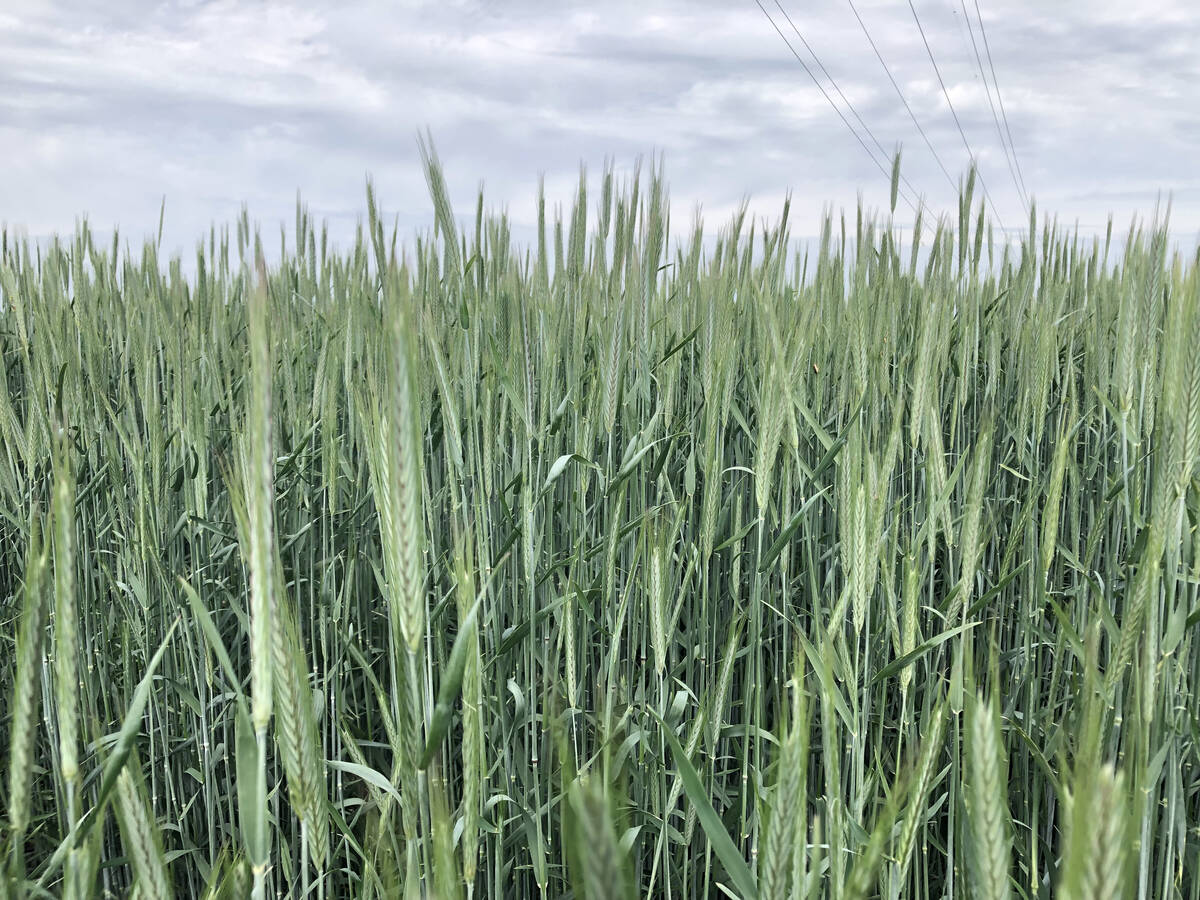
Proposed rule to allow Moddus growth regulator use on rye crops
Canada’s Pest Management Regulatory Agency (PMRA) proposes a three-ppm maximum residue limit for trinexapac-ethyl on rye crops, opening the door for use of Syngenta’s Moddus plant growth regulator and aligning with key export markets.
You should also plan to visit an Adaptation trial site during the season and check out each variety’s agronomic characteristics. How high off the ground are the bottom pods? How tall are the plants? Do they lodge? Are they more susceptible to white mould?
When it comes time to seed, try to grow two or three varieties. You should select a variety that fits comfortably within your area’s heat unit range. This should make up 60 to 80 per cent of your acres. Then, put 20 to 40 per cent of your acres towards an even earlier variety, so that you can spread out your harvest timing. If you’re a bit of a risk taker, consider putting in a few acres of a longer variety that has a higher yield potential.
This agronomy tip was brought to you by Richard Marsh, Technical Development Lead, with Syngenta Canada.



